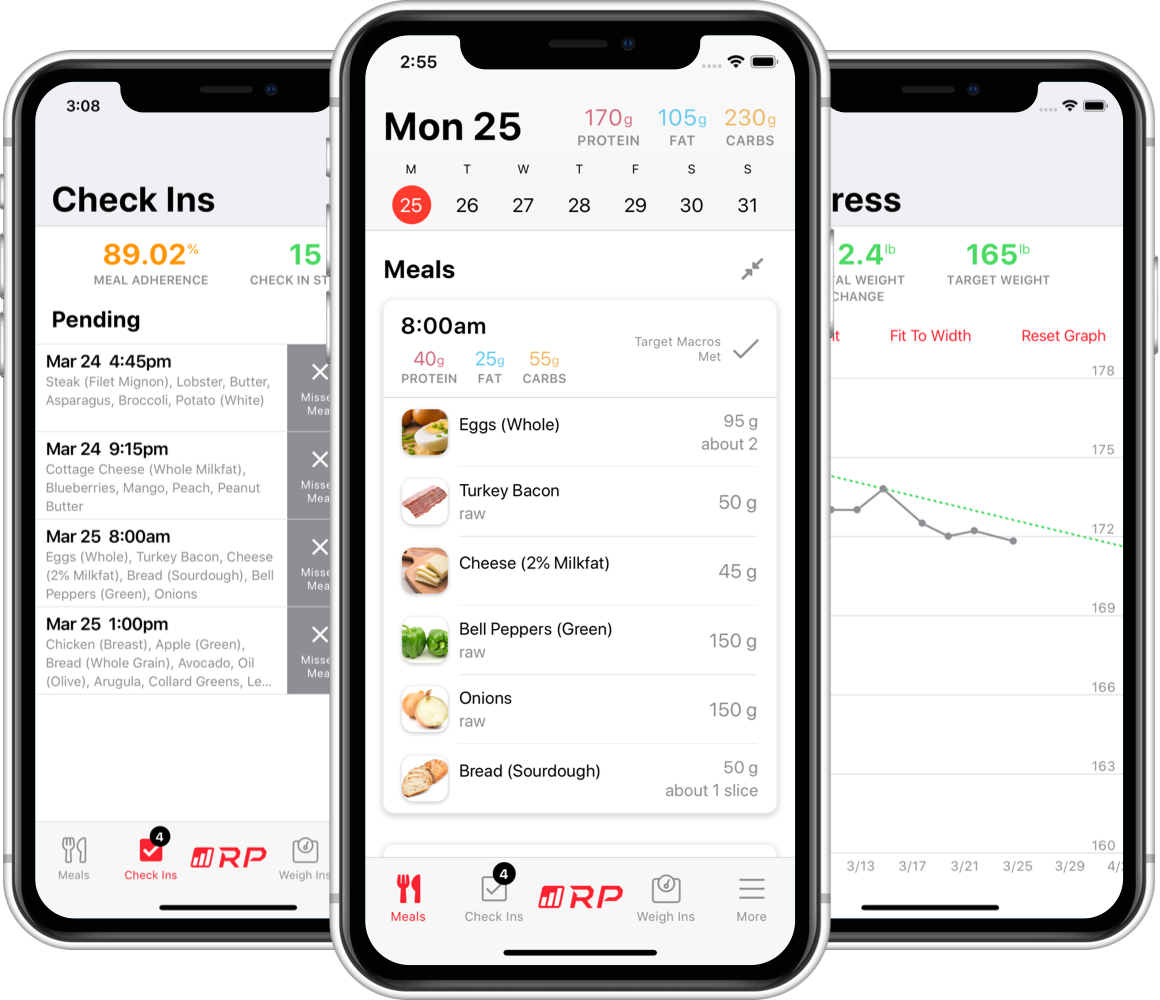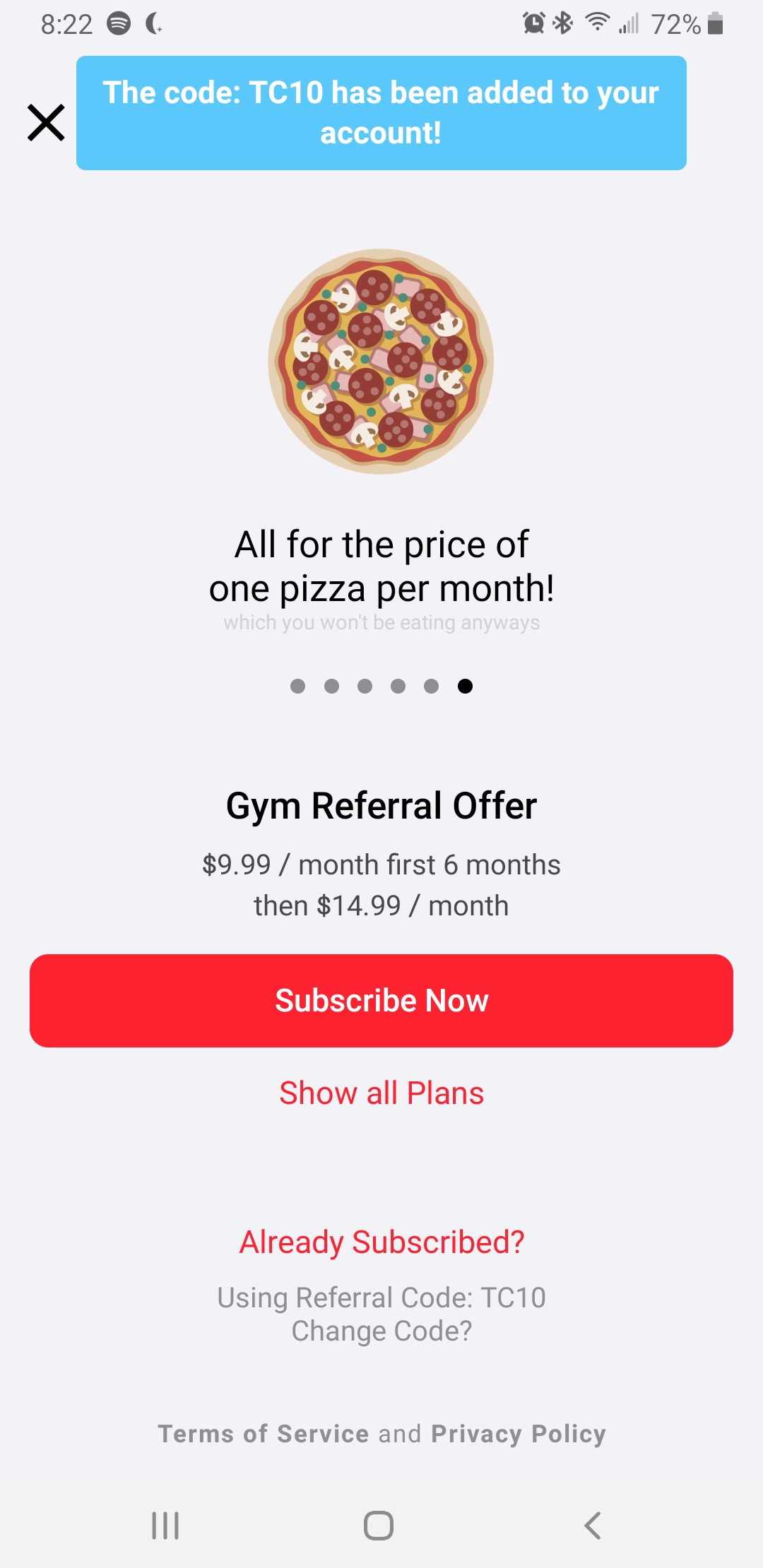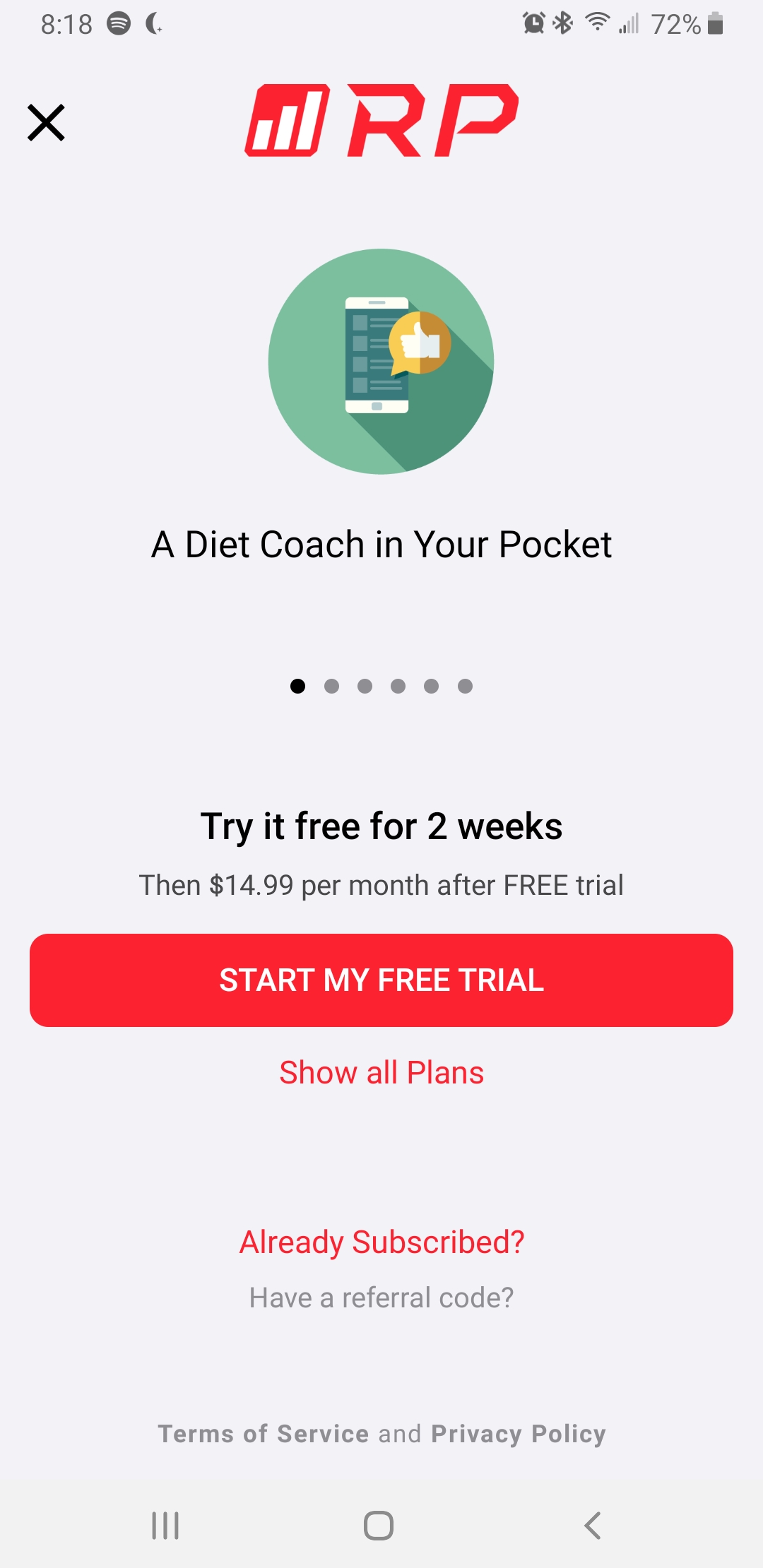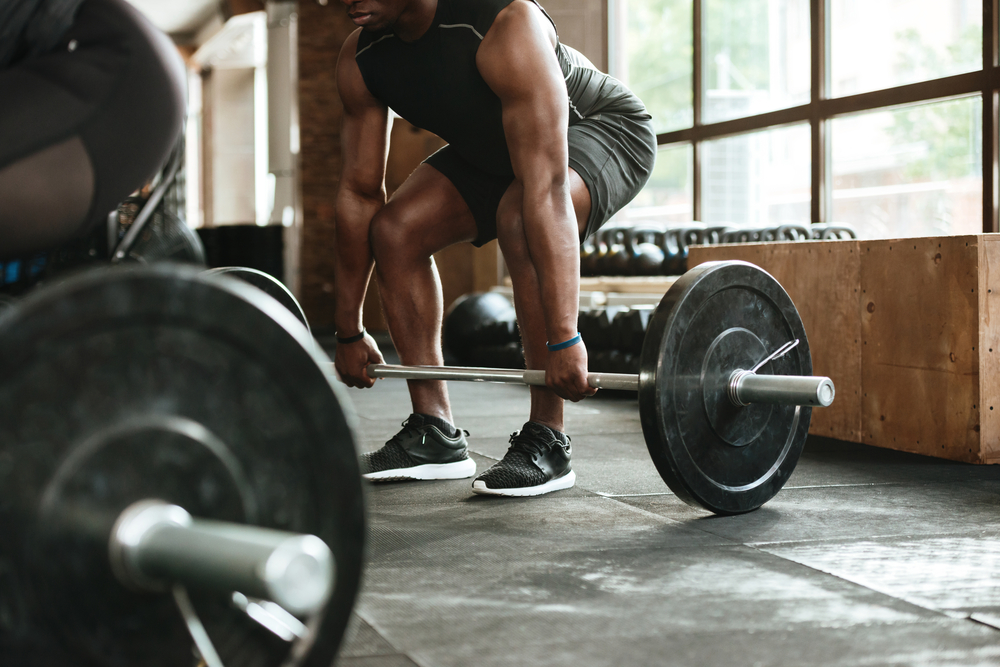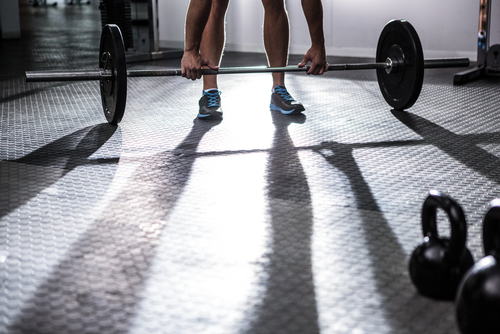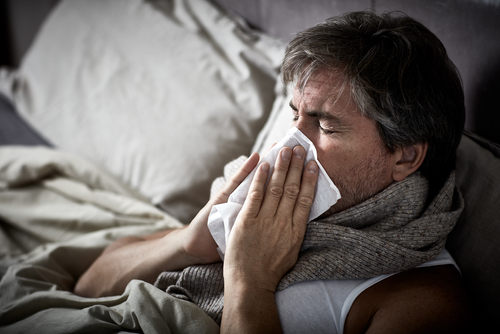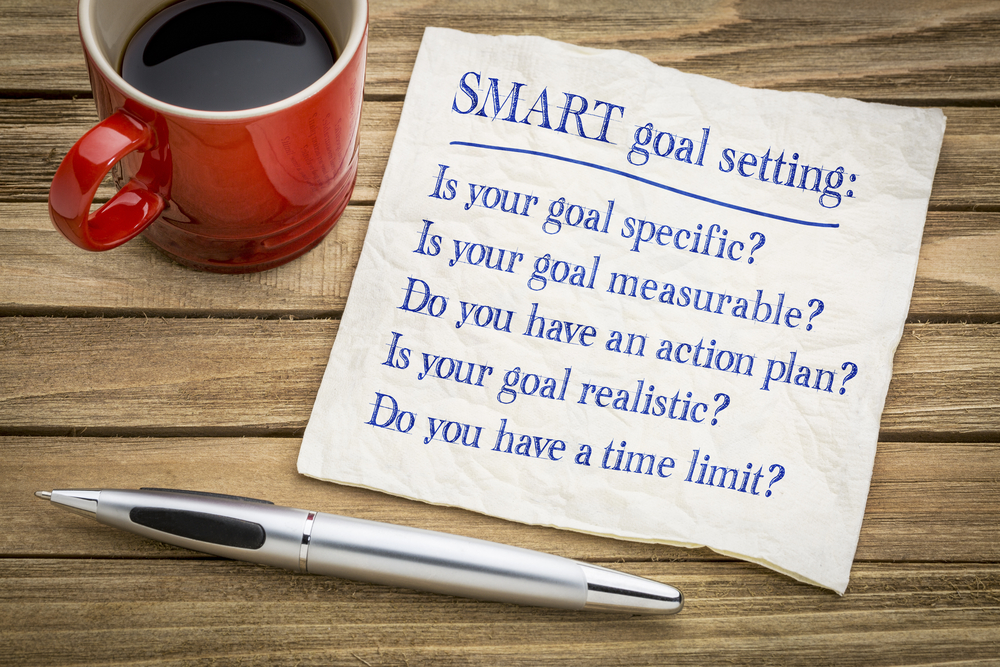It's October 27th 2020 as I write this and the studio has now officially been open 141 days with no issues and no outbreaks. Gyms have been unfairly demonized across the nation since March as it relates to this virus yet there are still no large outbreaks or cluster that have been traced back to a fitness facility in the states. I for one am being as cautious as I can to prevent myself or my clients from getting sick and I believe most business owners would be motivated to do the same.
In other news, I have added a few items to the studio over the past couple of weeks.
Five Lat Pulldown Attachments
These are already delivered and in use. One wide, two standard, and two narrow grip pulldown accessories. A few have neutral grips, two have supinated, and one is designed underhanded. This simply allows for more targetted exercise selection and a little less taxing our joints in the same exact angle.
Rogue Monster Plate Storage Pin for Belt Squat
I've tried to get these for a while but Rogue has been out of stock for months due to their dedication to PPE for Covid at their manufacturing facilities. I likely will not use this for storage but for extra stability & comfort while doing calf raises on the belt squat machine. I plan to upgrade a few pieces of equipment to the Rogue monster line and this will be compatible with everything I get in the future.
Touch Free Soap Dispenser
Since hand washing is now a requirement at the gym before and after each session I felt it was time to update the old one. This will provide one less "surface touch" for everyone and it looks cool.
I have my eyes on some other upgrades but probably nothing super major this year since most of the equipment suppliers seem to not be running Black Friday promotions this year...We'll see.

 I feel it’s important to make a statement regarding the recent events surrounding the coronavirus as it relates to my facility. As of this email, Mecklenburg County has banned gatherings of 50 or more people, and the federal government has recommended gatherings of no more than 10 people.
I feel it’s important to make a statement regarding the recent events surrounding the coronavirus as it relates to my facility. As of this email, Mecklenburg County has banned gatherings of 50 or more people, and the federal government has recommended gatherings of no more than 10 people. 
